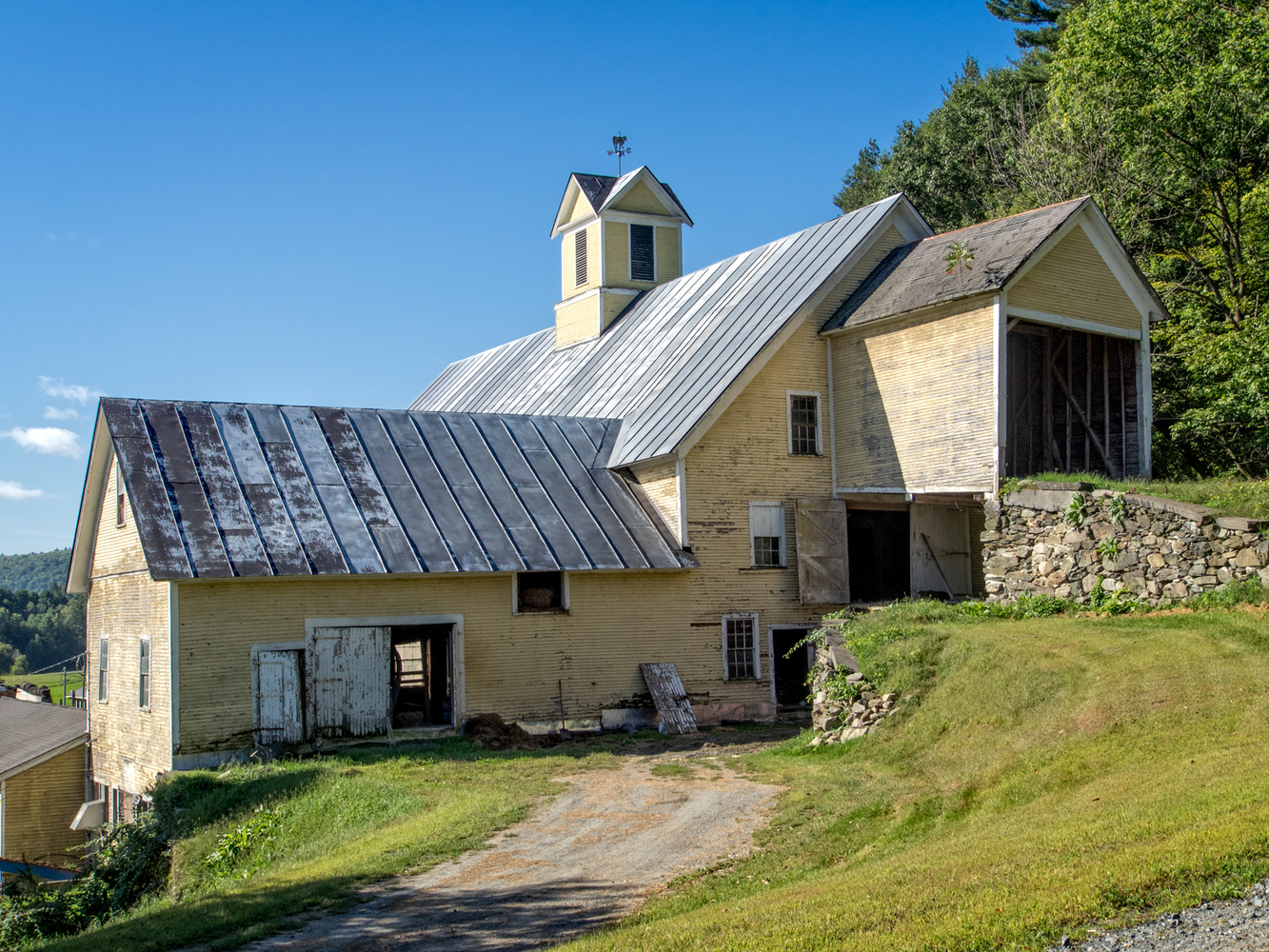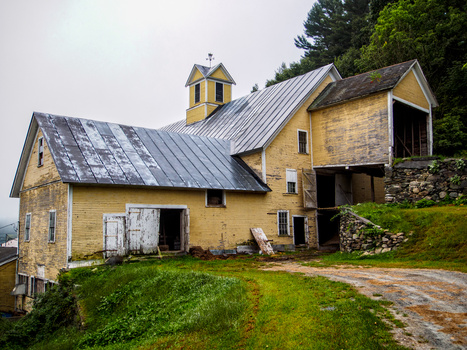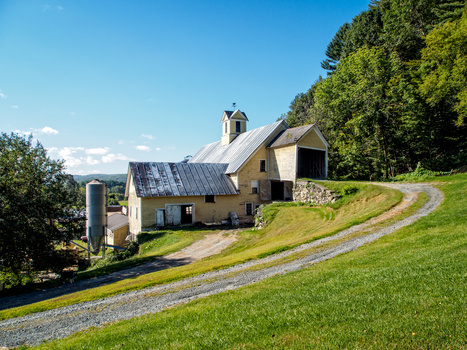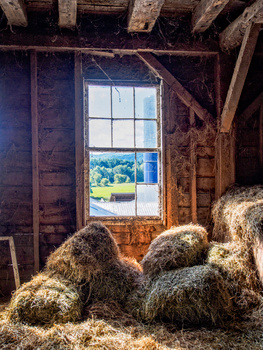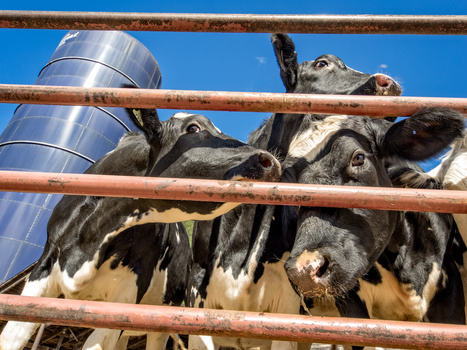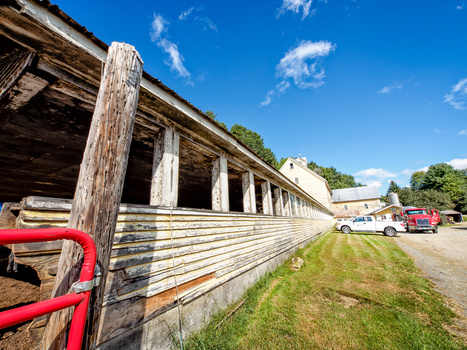Anybody with an interest in photography has probably encountered the seminal collection of stunning images created by the Farm Services Administration during the 1930s and 1940s—a program created as part of FDR’s “New Deal” to capture for posterity the daily lives of Americans during the Great Depression. The photographers who worked in this program included the likes of Dorothea Lange, Walker Evans, Arthur Rothstein, and Gordon Parks, to name just a few of the incredible talents who would go on to become legends in the photography world. Their stunning and iconic images of America during the Great Depression would become recognized worldwide and influence the course of American photography in the twentieth century.
Some three decades later, Roy Stryker, who headed the Historical Section of the FSA that oversaw this effort, curated a collection of some of his favorite photographs from among the hundreds of thousands of images captured during the program. One of the photographs that made the final cut was an image taken by FSA photographer Arthur Rothstein on a cold winter day in Vermont in February 1936. It shows what is now known as the Meacham Barn in Hartland, a historical Vermont landmark built in 1893 by the Miller family, who still owned the farm when Rothstein photographed it in 1936.
As somebody who has long admired the work of the FSA photographers, you can imagine how excited I was when a conservation group working with the State of Vermont approached me about photographing this historic landmark as part of a project to restore it to its former glory. The shelves of photography books in my office include a number of monographs from FSA photographers like Dorothea Lange, Walker Evans, and Gordon Parks. The opportunity to follow in their footsteps in even a small way and photograph an iconic American landmark that was part of the original FSA collection was just too good to pass up. I also have a personal connection to the Lemax Farm in Hartland, where the Meacham Barn is located, because our family has strong ties to the Hartland community—my wife grew up in Hartland, we were married there on the family farm, and the Lemax Farm is only a few miles down the road.
Historically, the Lemax Farm has operated as a dairy farm, and the huge barn was built to accommodate the sizable herd of cows needed for a large-scale dairy operation. The barn itself is imposing—an impressive four-story structure built around a framework of massive wooden beams. In addition to its heavy wood frame, the barn has stone supporting walls and three entrance ramps, including an enclosed bridge visible in the photograph. When I first saw the barn, it was impossible not to be impressed by its sheer scale. More than a century of Vermont’s often severe winters had taken a toll on the structure, and while it had stood up to the rigors of the Vermont climate pretty well, it was definitely showing signs of the wear and tear inevitable for a wooden structure of this age.So what was my role as the photographer tasked with creating a record of the restoration of this iconic landmark?
Photographs of the restoration project were needed for two purposes: they would provide a visual record of the barn’s condition before restoration began and serve as part of the media campaign to raise the money needed for the restoration.
The State of Vermont’s Barn Preservation Grant Program, established about 40 years ago, was created to help property owners maintain their historic barns, but it also requires property owners to provide matching funds for the restoration grants awarded. In the case of the current farm owners, this was money they simply did not have—farming is certainly not an easy way to make a living, and very few farmers have hundreds of thousands of dollars lying around to cover the costs of a massive restoration project like this one. Hence, the need for a campaign to raise these matching funds to support the restoration.
In essence, then, my photographs would serve as both a historical record of the restoration and a marketing vehicle to raise money for the project.
One of my first goals was to capture images of the barn from a perspective similar to that of the original 1936 FSA photograph taken by Arthur Rothstein. Rothstein’s photograph was captured in winter when there was snow on the ground, and although I could not reproduce that aspect of the photograph—shooting, as I was, in early fall—I could at least strive to capture the barn from a similar angle. In one of the images, I also wanted to combine Rothstein’s perspective with a tighter framing that would show more detail of the structure’s deterioration. In the first couple of images below, you can clearly see the toll that a century of Vermont’s harsh winters has taken on the barn’s exterior. In the third image, you can see that the surroundings of the barn have changed somewhat since the 1930s with regard to the trees and some of the adjacent structures, but the barn itself still looks very much as it did almost 90 years ago.I also wanted to capture the interior spaces of the barn to showcase the massive wood-framed structure that supported it. In addition to the exterior work needed to restore the barn, a significant amount of money was required to replace and repair many of the timbers that made up the load-bearing wooden frame, as well as the enclosed bridge leading into the upper part of the barn. From a photography perspective, these interior spaces have a very compelling and unique beauty of their own. Structures in the architectural style of the Meacham Barn are rarely built these days, which is one reason why preserving and maintaining them is so important. If you ever have the opportunity to photograph the inside of one of these old buildings, I wholeheartedly recommend the experience. The simple beauty of the massive wood frame around the expansive interior, the textures and warm tones of the wood, and the narrow light from the small windows create a quiet, contemplative kind of magic that makes these spaces a dream for a photographer.
By the end of the project, the money required to cover half the restoration costs had been raised, with the farm owners matching this with an equal amount of their own money. The project paid for the replacement and repair of the sills, joists, and purlins in several parts of the barn, as well as the rebuilding of the bridge into the upper part of the barn. Clapboards were replaced along the barn’s east wall, and the entire structure was repainted. Restoration work was also undertaken on the shop barn, an 18th-century building that may have been a horse barn. If you want to see how the Meacham Barn looks today following the restoration, there’s a nice slide show in this article from Farm Progress that shows the restored structure, hopefully ready to face another hundred years of Vermont winters.
I was not paid for my work on this project, choosing instead to donate my services to what I considered a worthy cause. There are a lot of differing opinions online about whether you should agree to work for free as a professional photographer. My answer to this is: “It depends.” For a project like this, I felt I was donating my time and effort to a very good cause—one that was close to my heart both as a longtime admirer of the iconic FSA image collection and as a member of the Hartland, Vermont, community. There are many good reasons for doing pro bono work as a photographer, and it’s not something you should dismiss outright just because somebody online told you never to work for free.
I am very happy that I worked on this project. It was incredibly satisfying to see the positive impact it had on our local community, and it gave me the opportunity to add some wonderful pictures to my portfolio that I would never have had the chance to capture otherwise.


